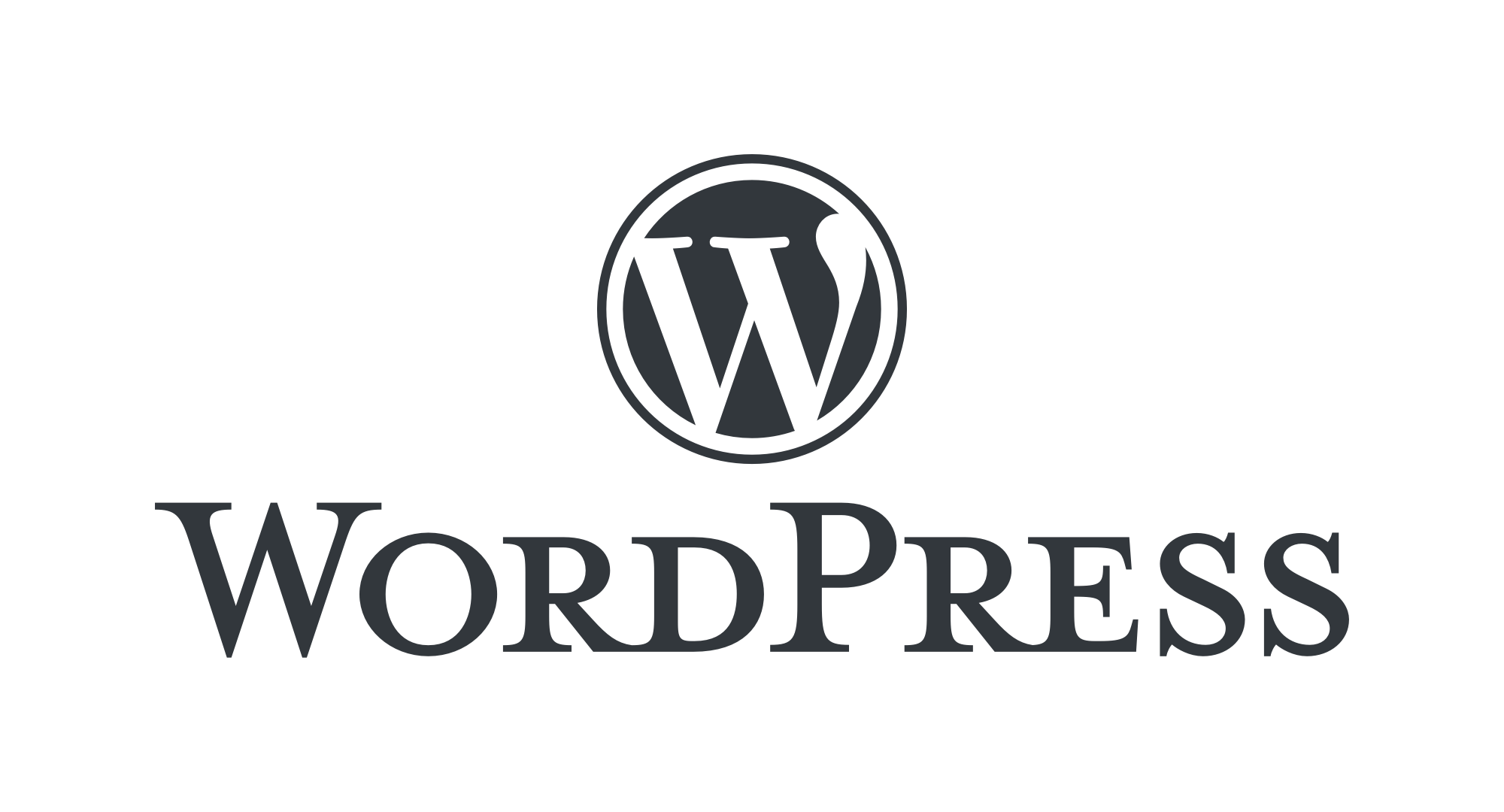125|119|7||1672844686|7|1673036369|0| 
cPanel is a web-based control panel that allows users to manage their web hosting accounts and websites. It is one of the most popular control panel options for web hosting providers and is used by millions of websites around the world.
With cPanel, users can easily manage various aspects of their hosting accounts and websites, such as:
File management: cPanel includes a file manager that allows users to upload, download, and edit files on their server.
Email management: cPanel includes tools for creating and managing email accounts and email forwarders.
Database management: cPanel includes tools for creating and managing databases, such as MySQL and PostgreSQL.
Domain management: cPanel includes tools for managing domain names and DNS settings.
Security: cPanel includes security features such as SSL certificates and password protection for directories.
Statistics: cPanel includes tools for tracking website traffic and performance, such as the Webalizer and Awstats.
cPanel is designed to be user-friendly and intuitive, making it easy for users with little technical experience to manage their hosting accounts and websites. It is available in multiple languages and can be customized by hosting providers to meet the specific needs of their users.
Overall, cPanel is a powerful and feature-rich control panel that is widely used by web hosting providers and website owners. It provides an easy-to-use interface for managing hosting accounts and websites and offers a wide range of tools and resources to help users get the most out of their hosting service.
If you're new to cPanel hosting, here is a tutorial on how to use it:
1. Log in to your cPanel account. This can typically be done by going to yourdomain.com/cpanel and entering your login details.
2. Once you're logged in, you'll be taken to the cPanel dashboard. This is where you can access all of the different features and tools available to you.
3. To install WordPress, one of the most popular content management systems, click on the "WordPress" icon under the "Software" section. Then, click the "Install" button and follow the prompts to install WordPress on your domain.
4. To set up email accounts, click on the "Email Accounts" icon under the "Mail" section. From here, you can create new email accounts, change passwords, and set up email forwarding.
5. To add additional domains to your hosting account, click on the "Addon Domains" icon under the "Domains" section. From here, you can add and manage multiple domains on your hosting account.
6. If you need to change any of your hosting account's settings or preferences, click on the "cPanel Home" icon to return to the dashboard. From here, you can access the "Preferences" section to make changes to your account's settings.
7. To access your website's files, click on the "File Manager" icon under the "Files" section. From here, you can upload, download, and manage your website's files.
8. If you need to back up your website, click on the "Backup" icon under the "Files" section. From here, you can create and download backups of your website's files and databases.
9. To view your website's statistics, such as the number of visitors and page views, click on the "AWStats" icon under the "Metrics" section.
10. If you need help with any aspect of cPanel, click on the "Help" icon to access the cPanel documentation and support resources.
Final Word
In conclusion, cPanel is a powerful and user-friendly tool for managing your web hosting account. With a little bit of practice, you'll be able to easily perform a variety of tasks, such as installing software, setting up email accounts, and managing domains.